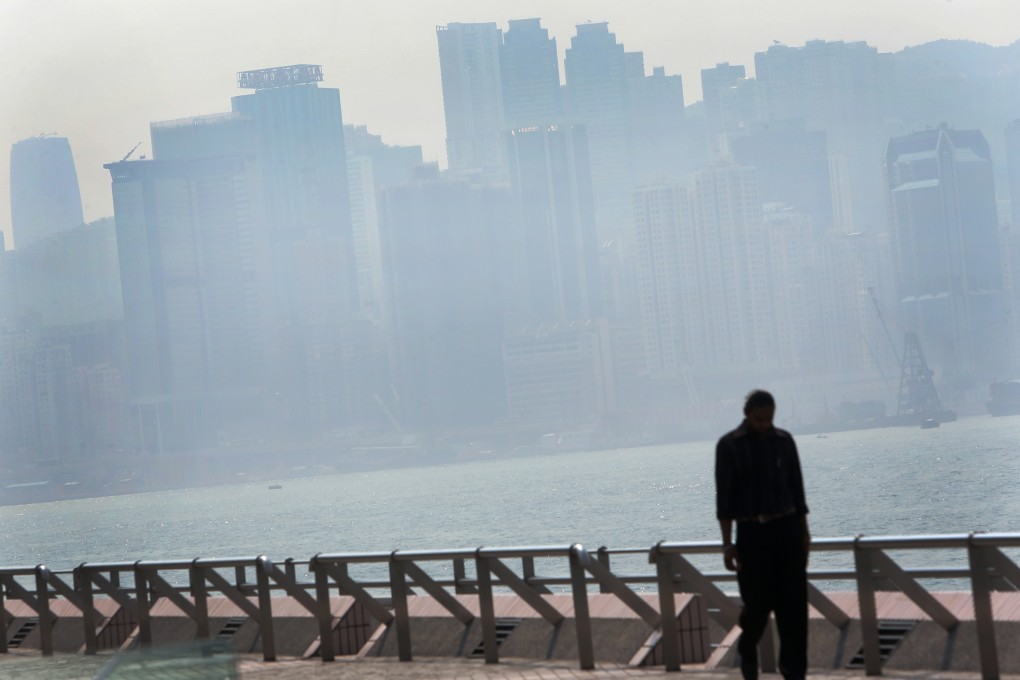New | Hong Kong's air quality falls after Occupy clearance puts traffic back on the roads
Environmental groups claim Occupy has shown the benefit of pedestrian zones

Hong Kong’s pollution levels are creeping back to “normal” following the clearance of the final occupied zone in Causeway Bay, as calls for pedestrians to reclaim the city centre resonated among protesters eager to continue voicing their discontent.
The air quality in all three previously occupied zones of the city – Admiralty, Causeway Bay and Mong Kok – has already declined since the roads that had been car-free for over 70 days returned to normal. They were cleared of the tents and barriers of the so-called Umbrella Movement.
The Clean Air Network recorded increases in PM 2.5 ranging from about 40 per cent in Mong Kok to over 80 per cent in Admiralty and Central.
READ MORE: Don't forget the original goal' - new pro-democracy banner slung on Hong Kong's Victoria Peak
Hong Kong’s general air quality is below the standards set by the World Health Organisation – prompting green groups to call for pedestrian zones in the densely packed city centre.
The Occupy Movement “provided the perfect scenario of showing the potential results of creating pedestrian zones” said Kwong Sum-yin, CEO of Clean Air Network. “It flipped people’s understanding of roads: they should not be for cars but for people as well,” she said. “We need not ‘return to normal’ with congested roads and filthy air.”
A plea for the city not to return to normal also appeared on a giant banner hung up on Victoria Peak, sporting the wording “Don’t forget the original goal” – in reference to protesters’ ongoing push for universal suffrage
The yellow sign, measuring six metres long by a metre wide and attached to the cliff by several cables, is the fourth to have been put up by Occupy supporters over the last couple of months.